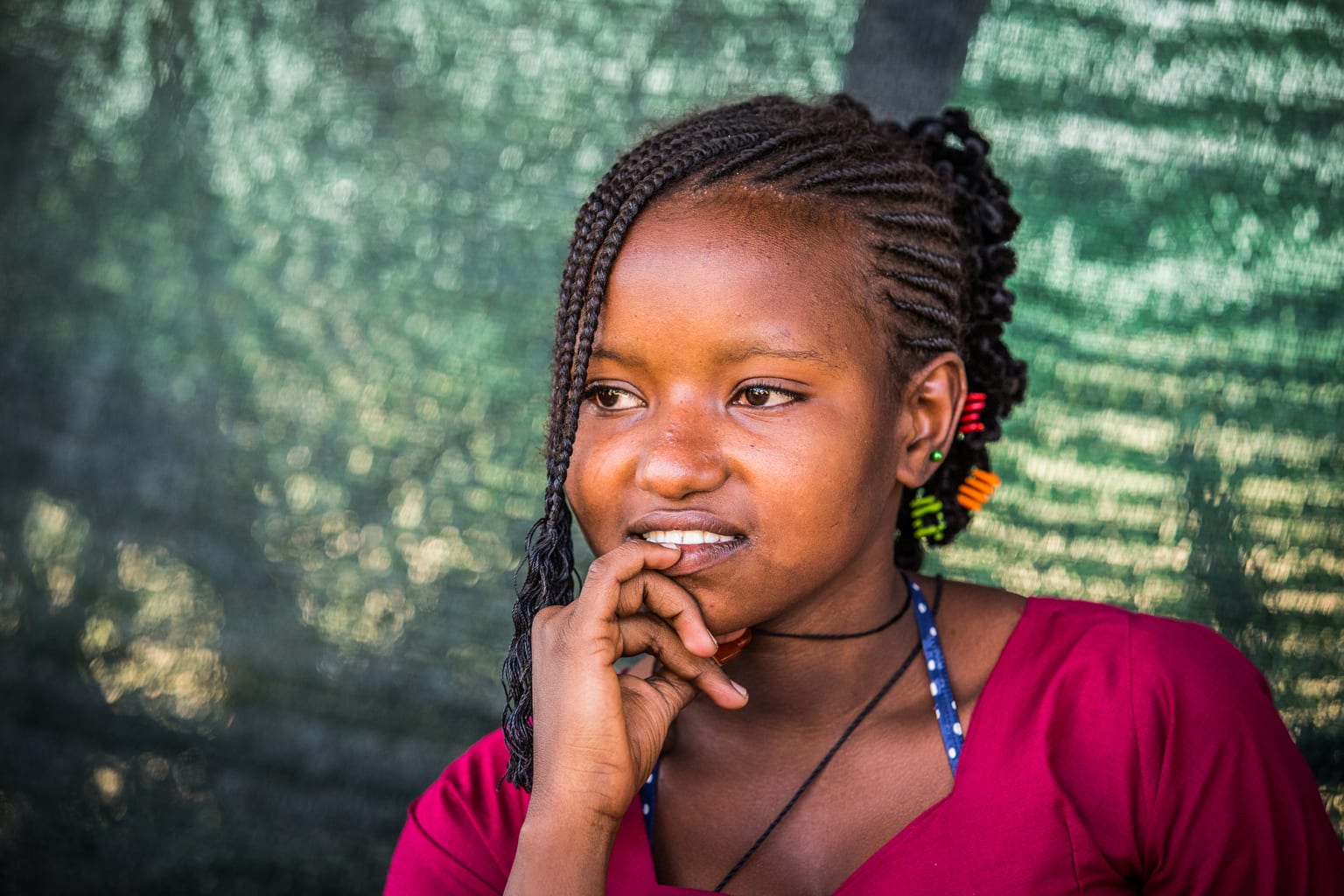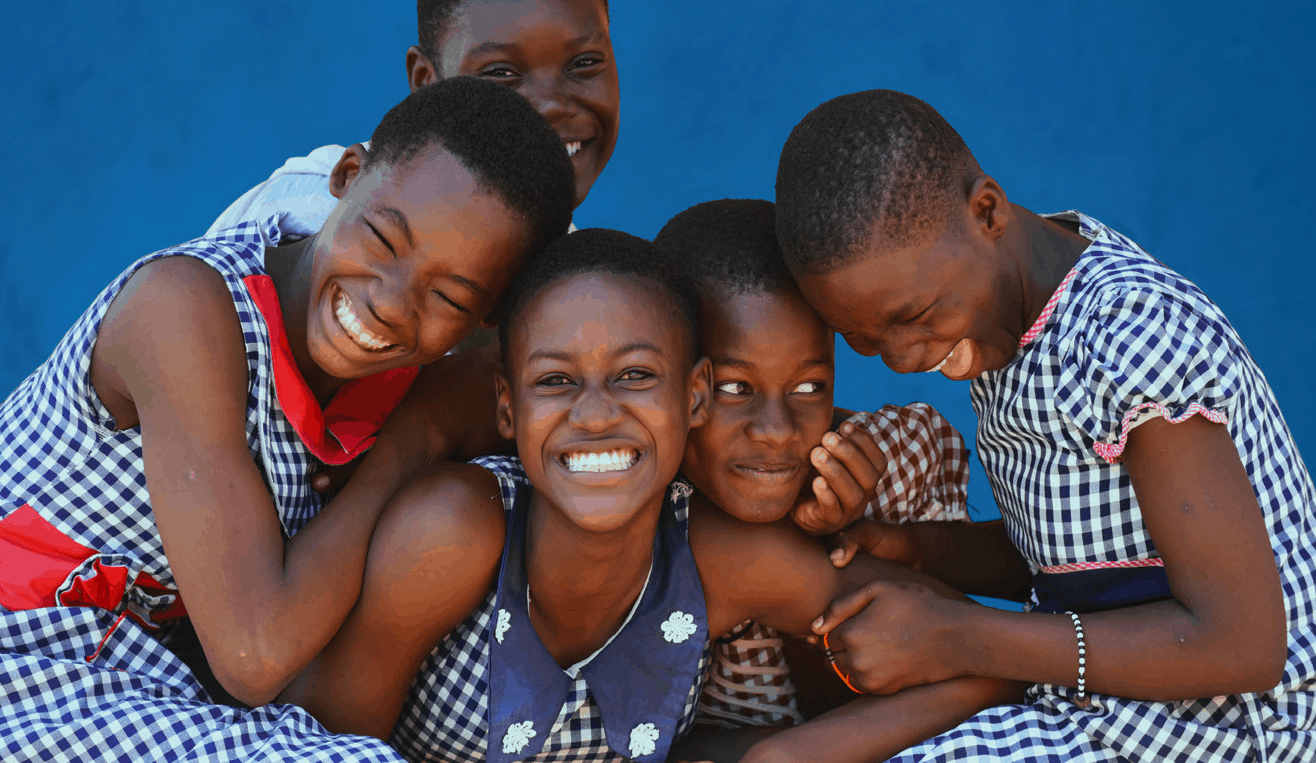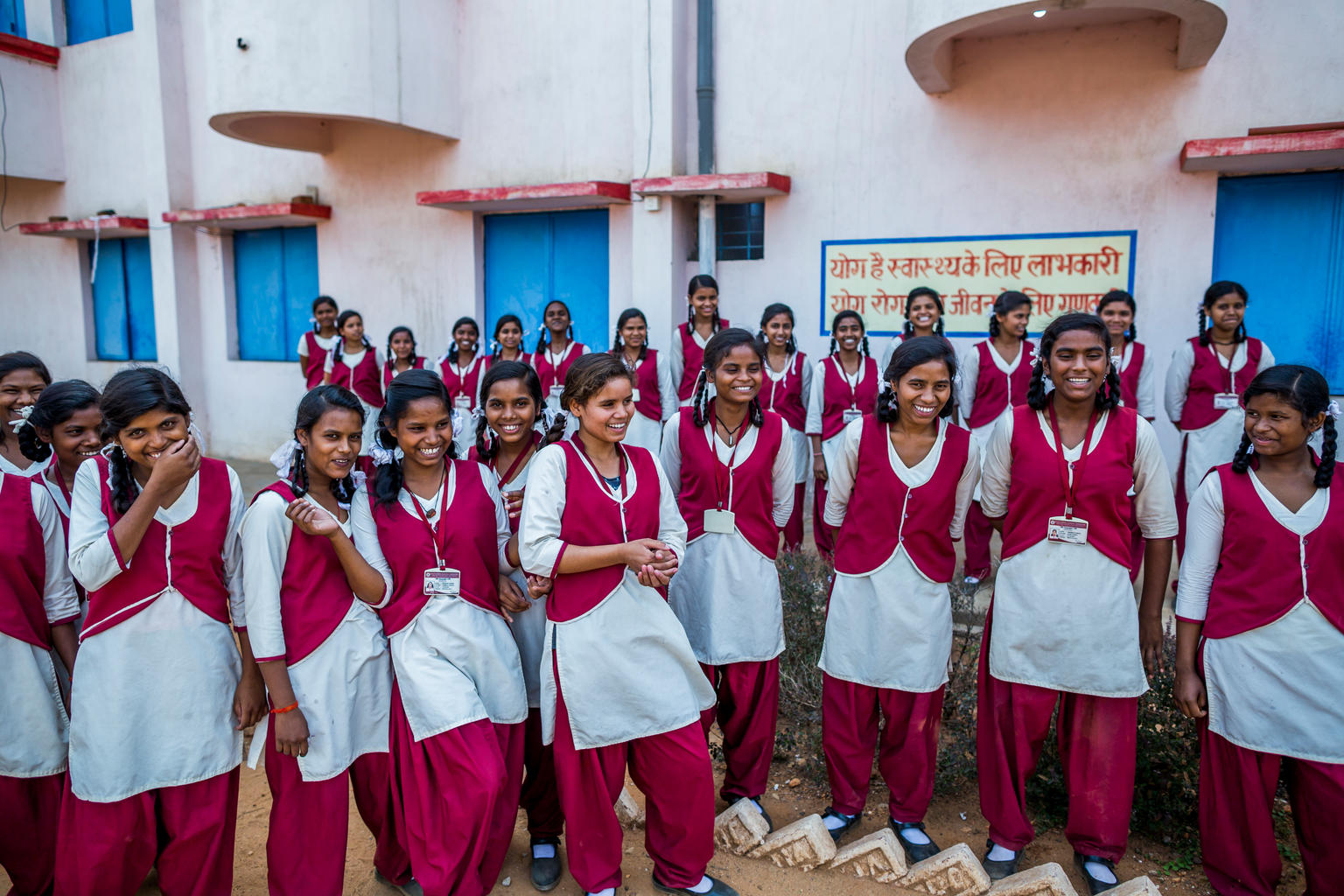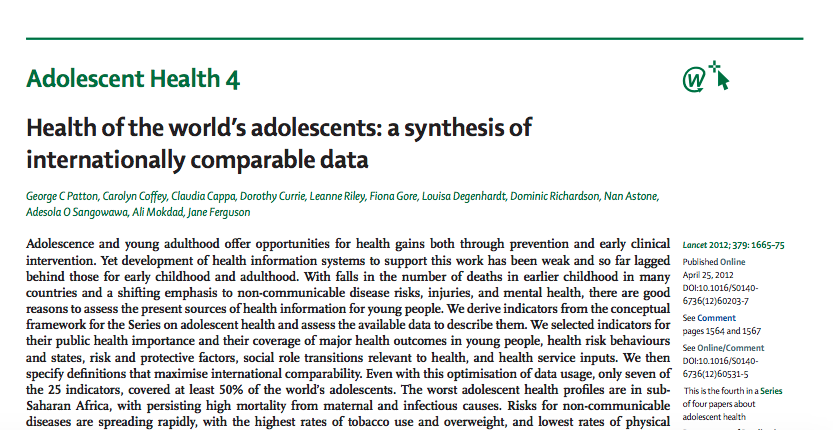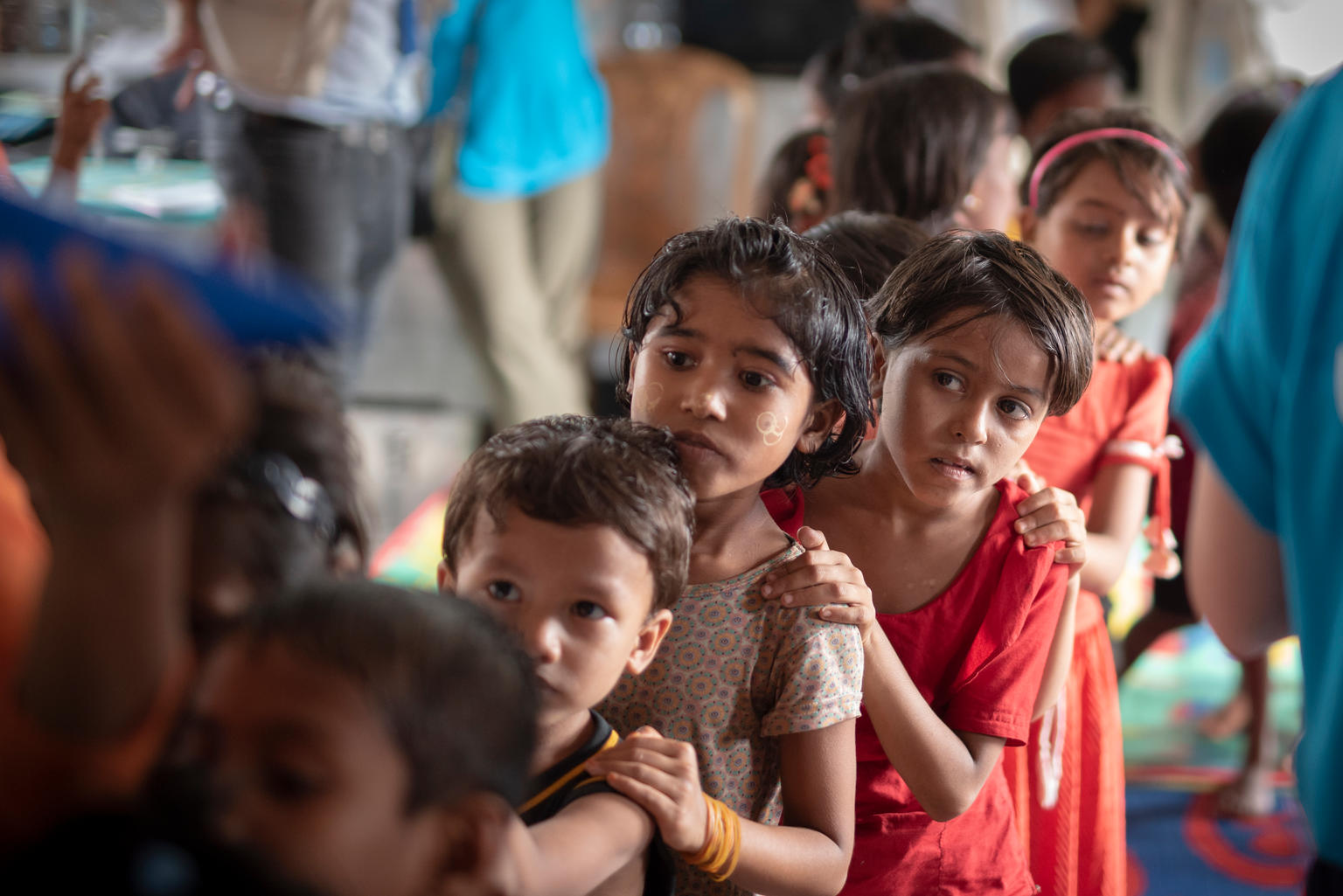Investing in a safe, healthy and productive transition from childhood to adulthood is critical
There are 1.3 billion adolescents in the world today, more than ever before, making up 16 per cent of the world’s population. Defined by the United Nations as those between the ages of 10 and 19, adolescents experience a transition period between childhood and adulthood and with it, significant growth and development. As children up to the age of 18, most adolescents are protected under the Convention on the Rights of the Child. Yet, their vulnerabilities and needs are distinctly different from those of children and therefore often remain unaddressed.
UNICEF recently launched the Adolescent Data Portal to monitor the many dimensions of adolescent well-being. This portal provides easy access to global, regional and country-level data on key indicators together with information on the socioeconomic contexts in which adolescents live. It includes thematic overviews, tools to interact with available data, country profiles and downloadable datasets.
Additional data on adolescents can be found throughout data.unicef.org, including on the following thematic pages:
Data collection for adolescents: The case of MICS
Multiple Indicator Cluster Surveys (MICS) provide one of the largest sources of statistically sound and internationally comparable data in the areas of maternal and child health, nutrition, child mortality, water and sanitation, education, child protection and HIV/AIDS. Since 1995, UNICEF has supported more than 100 countries to carry out nearly 300 household surveys. One of the greatest utilities of MICS is the ability to disaggregate the data by a large number of stratifiers such as age, sex, education, geographic area, residence (urban or rural), ethnicity, religion, economic status, marital status, and combinations of these.
MICS collect a wealth of information on adolescents, including age-specific indicators for adolescents aged 15-19 on reproductive health, education, sexual behaviour, and HIV/AIDS. There also are modules on select topics relevant to some or all of the adolescent age group, including child labour and child discipline.
Data on populations aged 15-19 are included in MICS standard tables for women 15-49 and cover topics such as contraceptive prevalence, unmet need for family planning, antenatal care coverage, institutional deliveries, child marriage, polygyny, attitudes towards domestic violence, female genital mutilation (FGM), knowledge of HIV, attitudes towards people living with HIV, and uptake of HIV counselling and testing during antenatal care. Similarly, in surveys which include the men’s questionnaire, results for adolescent boys aged 15-19 can be extracted.
Data on household characteristics and children of young mothers aged 15-19 years are available from the MICS datasets. Further, it is also possible to use data on adolescents at the household level to identify adolescent orphans and those with parents living elsewhere, as well as to combine data on adolescents with household-level measures, for example, access to improved drinking water and sanitation facilities.
With the aim to gather evidence on the emerging challenges facing adolescents and youth, a new set of questions and indicators in domains relevant to adolescents and young people were added beginning with the fourth round of MICS (MICS4, conducted 2009-2011). These included access to media (television, radio and printed media) and technology (use of computers and internet), use of alcohol and tobacco, and subjective well-being. The module on subjective well-being, specifically designed for young people, includes questions on perceived life satisfaction and expectations about the future.
For a complete list of adolescent indicators available in MICS, please click here.
For more information on the MICS programme, please visit the MICS website.
Resources

